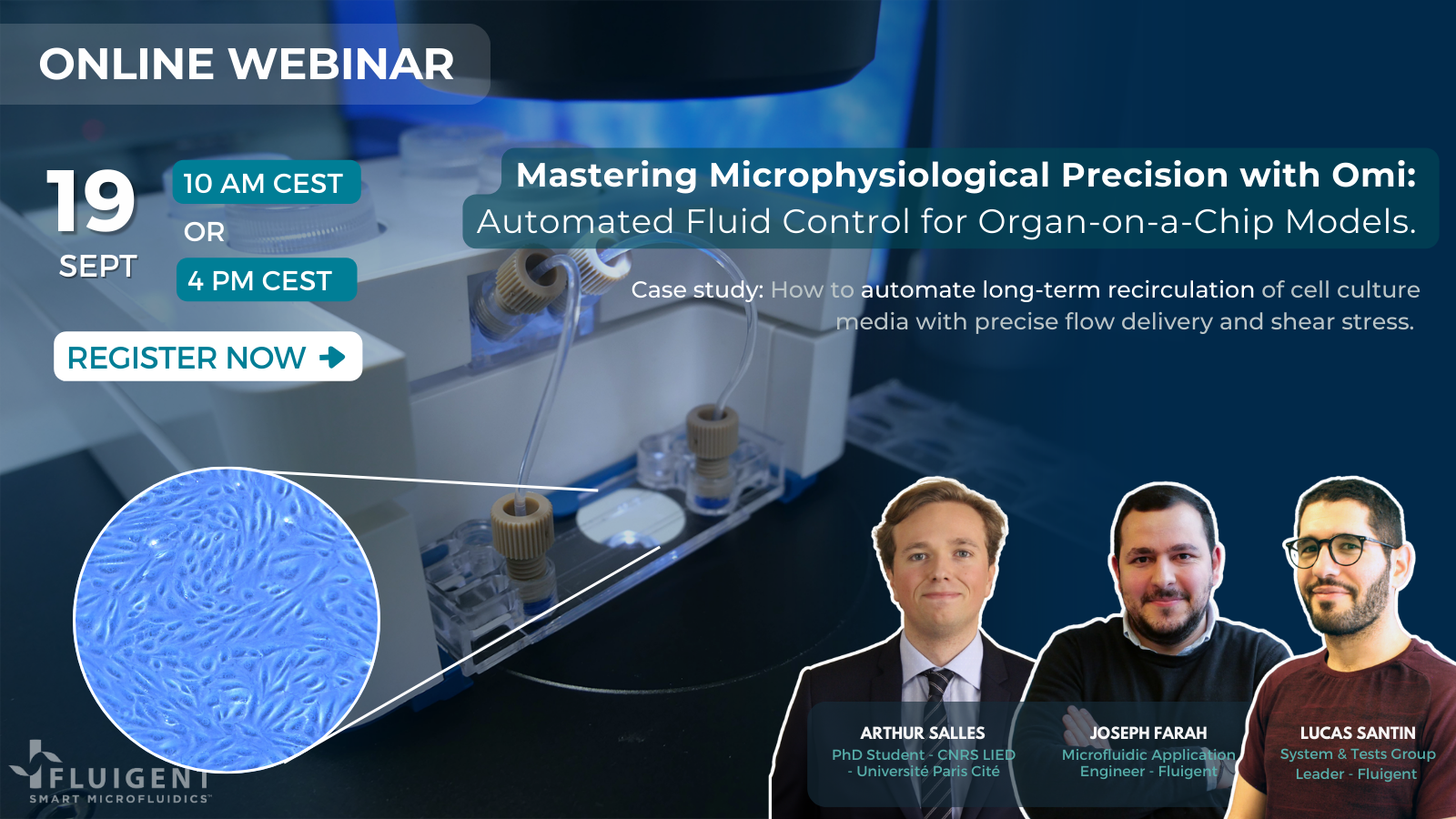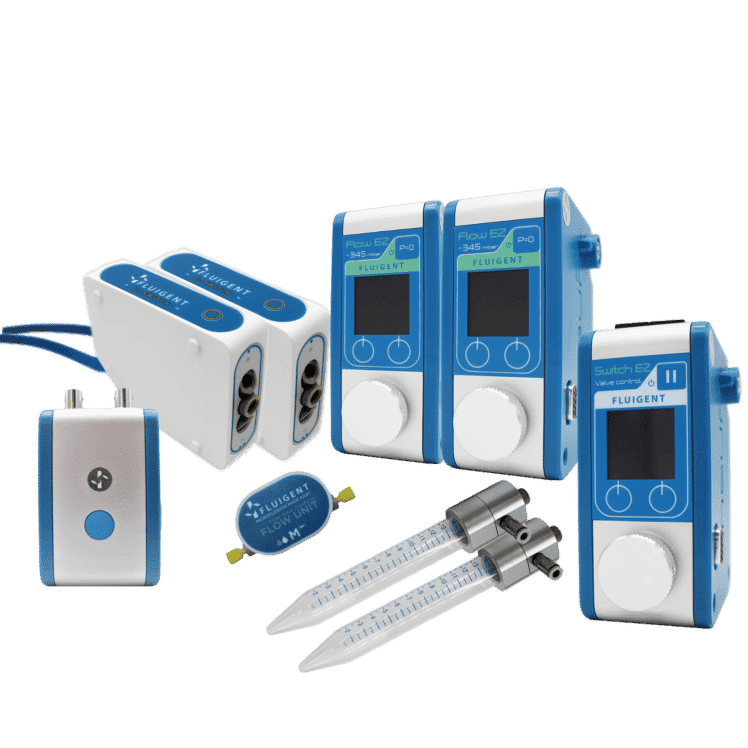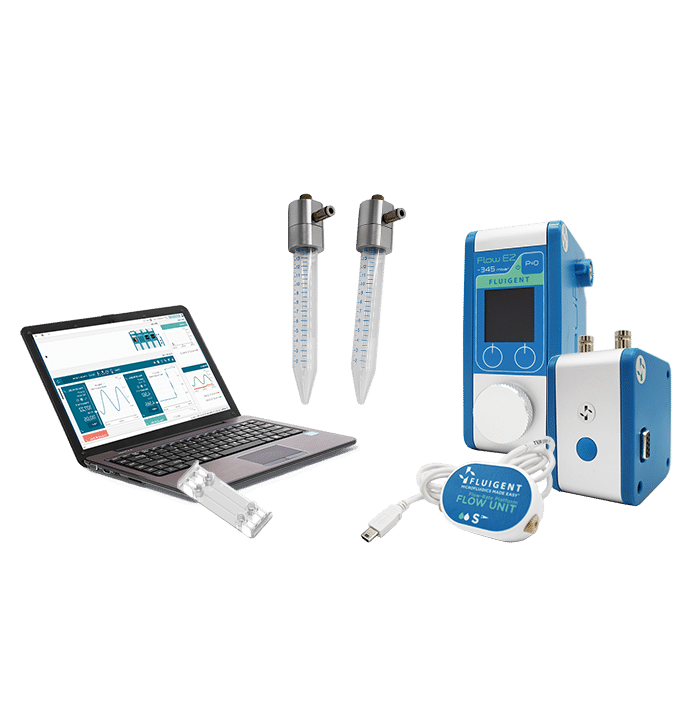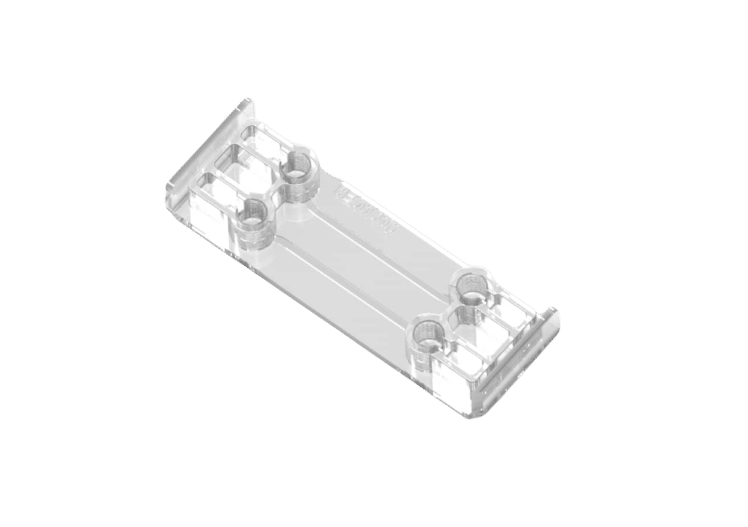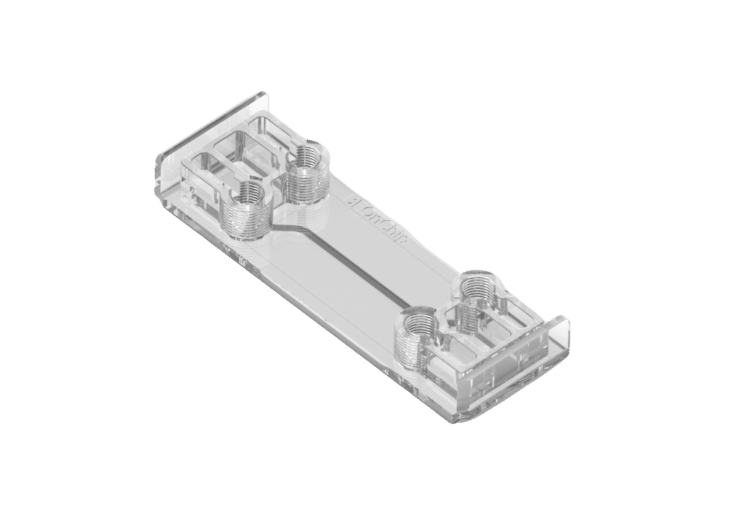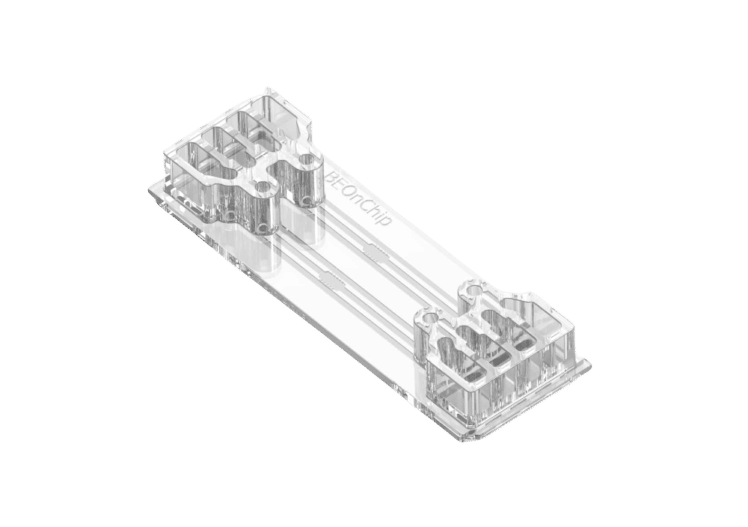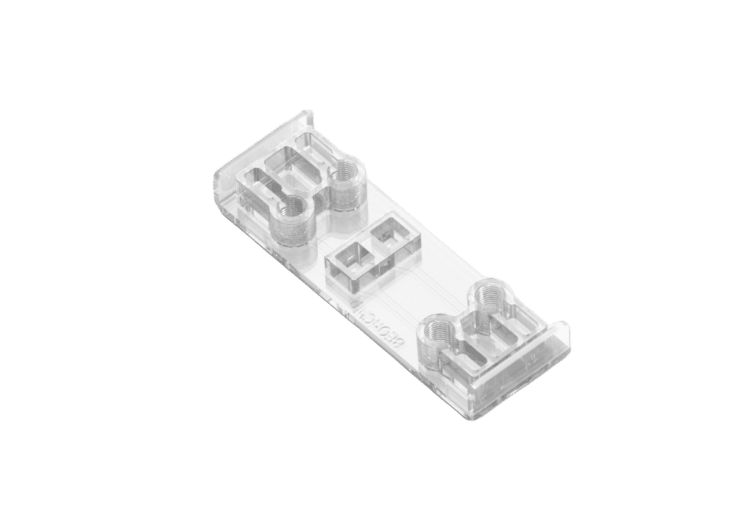Suited for cell culture under sterile conditions.
Omi, an Automated Organ-On-A-Chip Platform
[O-OMISC-PTF]- New release
Mimic Microphysiological Conditions in Organ-on-a-Chip Studies
The Omi is an automated platform that helps control the microphysiological fluidic environment of organ cells inside microfluidic chips. With multiple protocol functions (perfusion, recirculation, sampling, and drug delivery), the Omi ensures precise shear stress control and supports long-term recirculation. It is compatible with any type of chip to sustain different cell culture types or organ-on-a-chip models (liver, gut, skin, etc.).
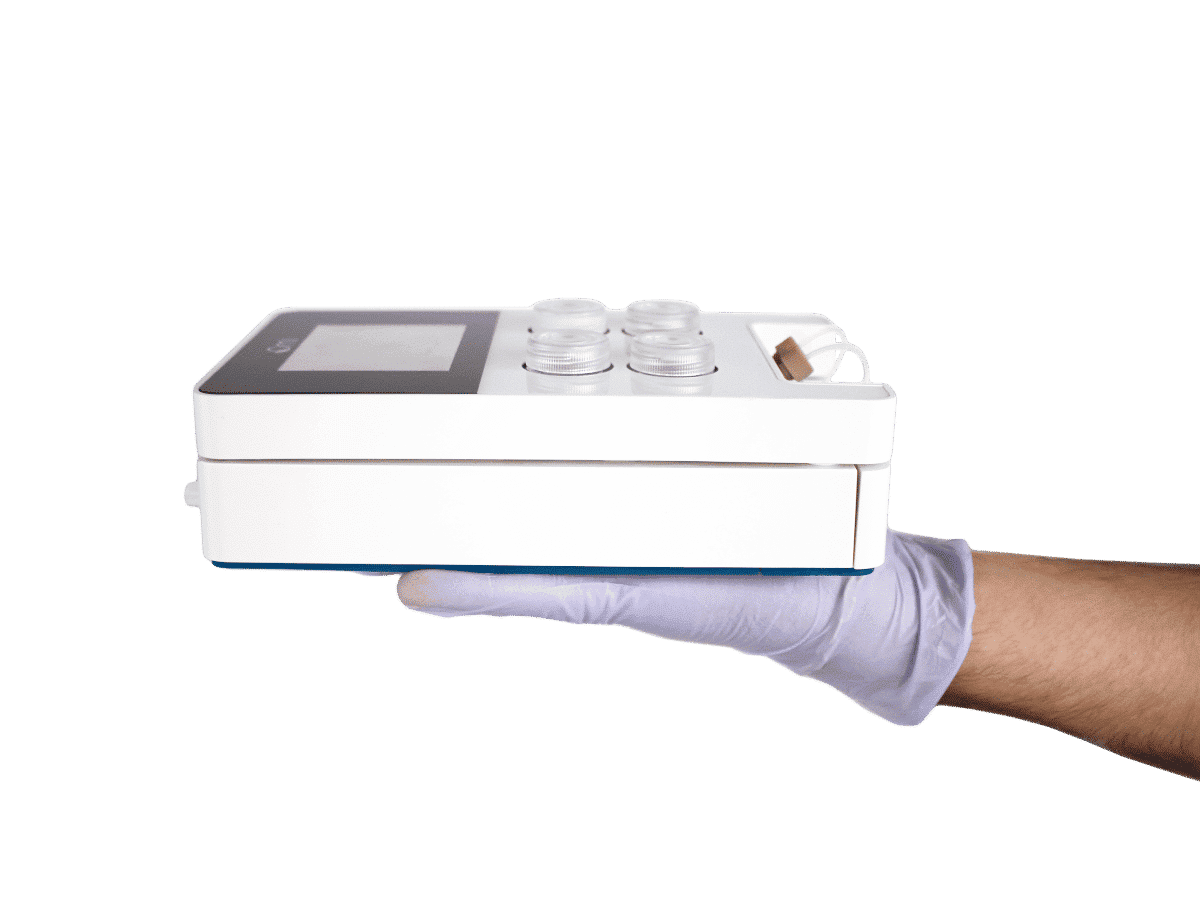
- Designed for biology
- Versatile
Can be used with virtually any microfluidic chip design.
- Efficient
Automated and fully integrated platform (Shear stress, flow rate, and pressure control).
- Easy-to-use
Intuitive interface and technology for beginners and advanced researchers.
Applications: Control Your Experiment With Fluigent’s Omi
The Omi is ideal for cellular organ models, drug discovery, ADME-Tox and Safety.
Single Channel Configuration
Blood Vessel Reproduction: Reproduce precise shear stress conditions of blood vessels with endothelial cells-on-chip using the Omi.
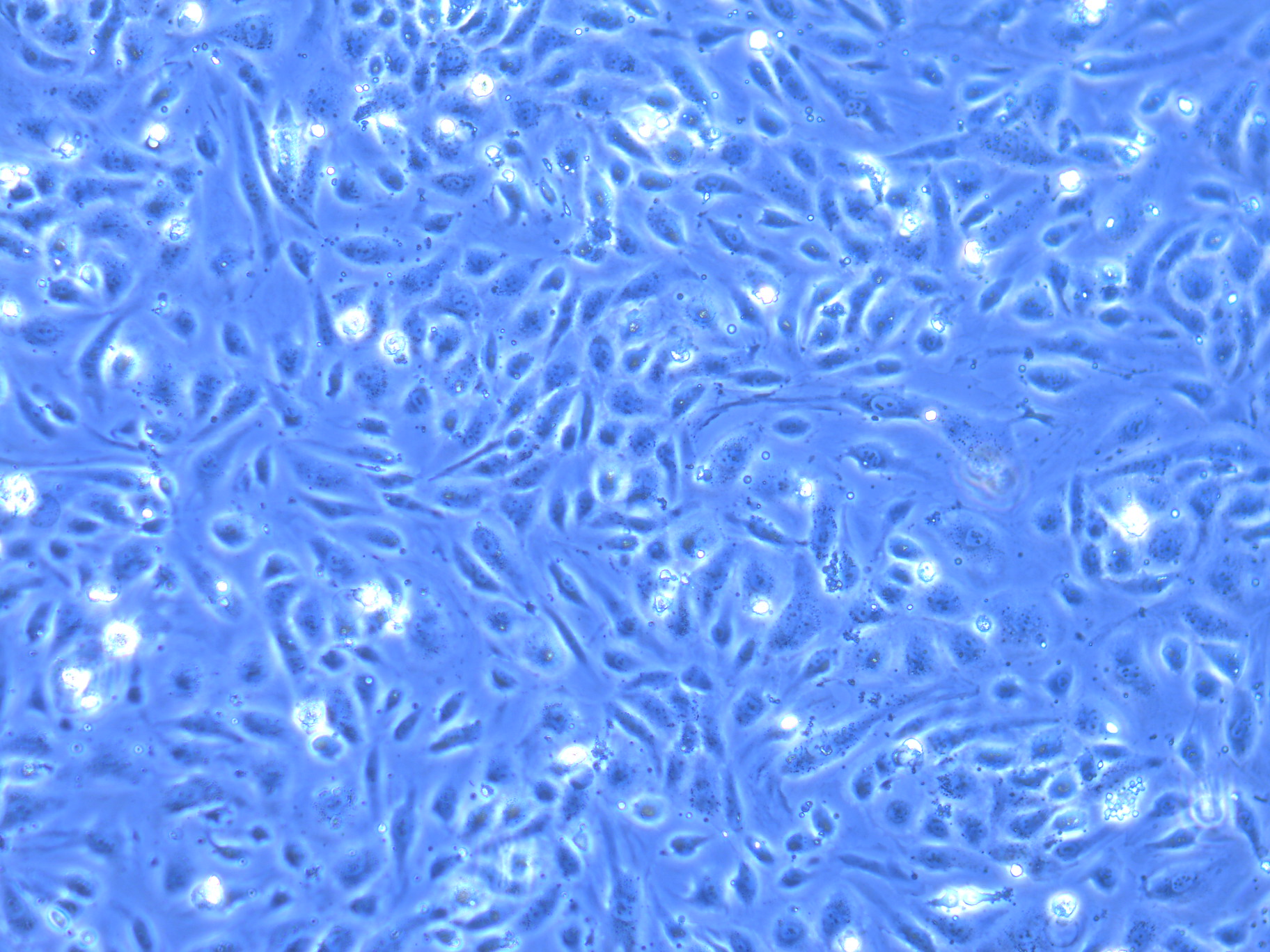
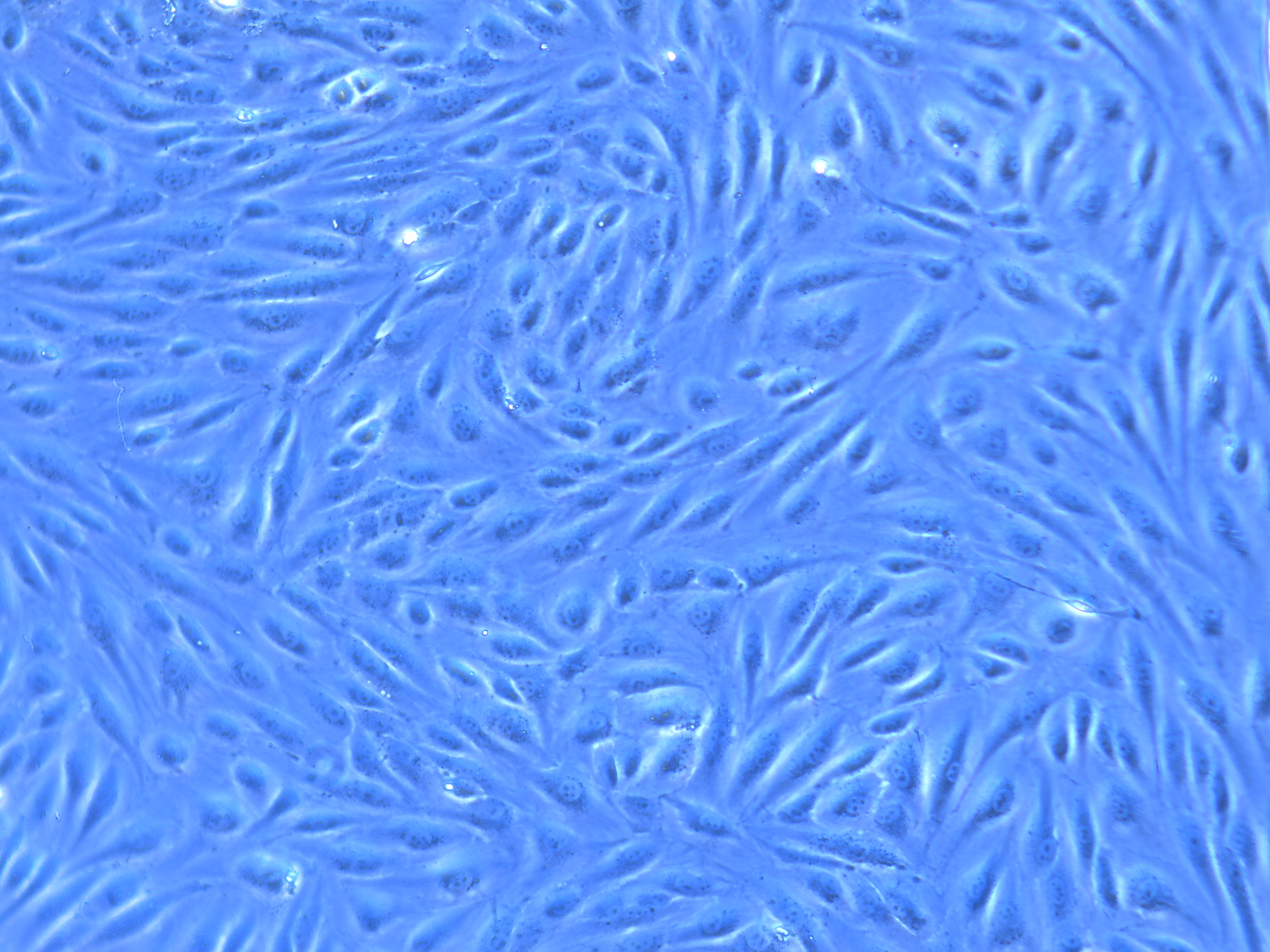
Gut-on-chip: Achieve optimal flow control and sustained culture conditions, enhancing cell differentiation, nutrient delivery, and intestinal barrier function to accurately replicate the human intestine.
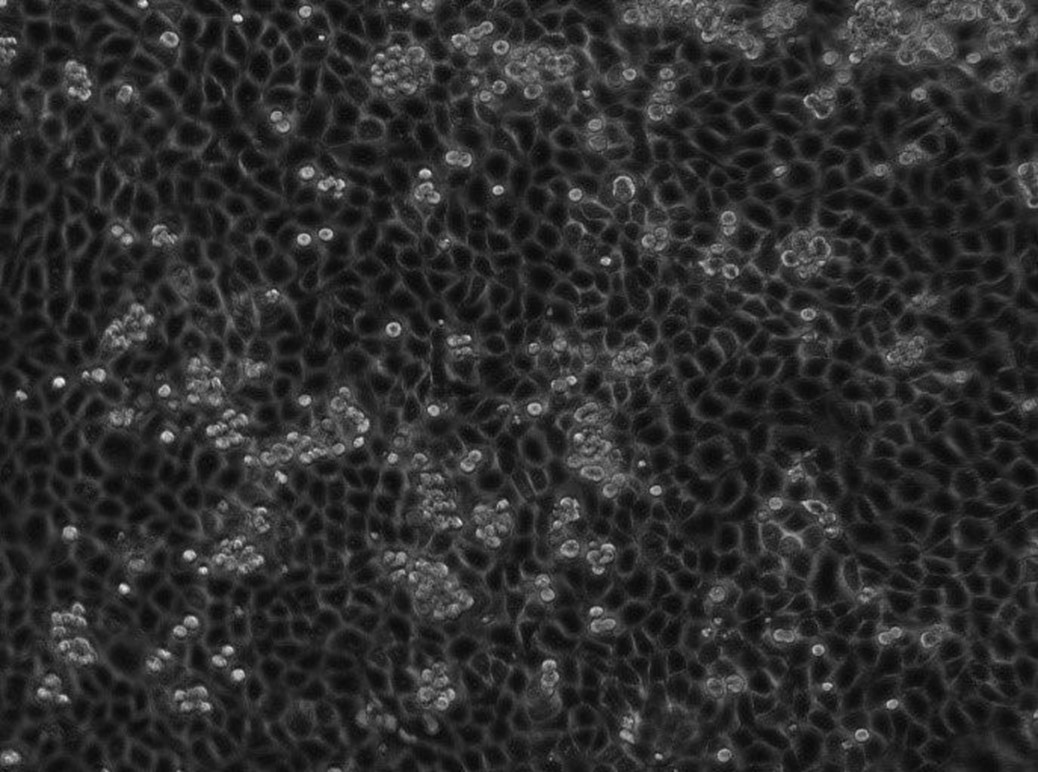

Cancer Drug Discovery
Mimic the effect of drug compounds on tumor cells to evaluate their response to treatments.
Double Channel Configuration
Liquid / Liquid interface:
When the Omi’s fluidic system is paired in two, it allows users to model liquid-liquid interfaces to reproduce physiological functions of different human organ models.
Blood-Brain-Barrier:
Assess vascular permeability and brain cells-on-chip. Our microfluidic functionalities and protocols allow for accurate cell organization and physiology to study the microenvironment of the human brain.
Discover more about organ-on-a-chip technology and its diverse applications with our white paper.

« I’m thrilled to share that I’ve used Omi on numerous occasions for my cell biology experiments as part of my PhD. Omi is the simplest tool I’ve been able to use for on-chip organ recirculation and perfusion. Everything is integrated into a single device, and the sterile consumables are easy to use, which greatly reduces the risk of contamination.
Tablet and web applications allow real-time monitoring of experiments in progress, making it the perfect user-friendly tool. I’m really excited to be able to develop new biological applications with Omi! »
Arthur Salles – PhD Student
CNRS LIED – Team « Microsystèmes Cellulaires » – Université Paris Cité
Several Protocol Functions Can Be Produced with a Single OMI Platform
Perfusion
Perfuse up to 3 mL of several types of liquids such as cell culture media for long periods of time in a controlled and reproducible way. The Omi can perfuse culture media at low flow rates, making it easier to maintain sensitive spheroid and organoid cultures within microfluidic chips.
Recirculation
The device can produce unidirectional recirculation of mediawhile maintaining user defined flow rates with high precision. Read our technical note on long-term recirculation for organ-on-a-chip applications.
Sampling
Sample up to 3 mL of soluble factors secreted in the culture medium for analysis or imaging.
Injection
Inject up to 3 mL of fresh medium during an experiment.
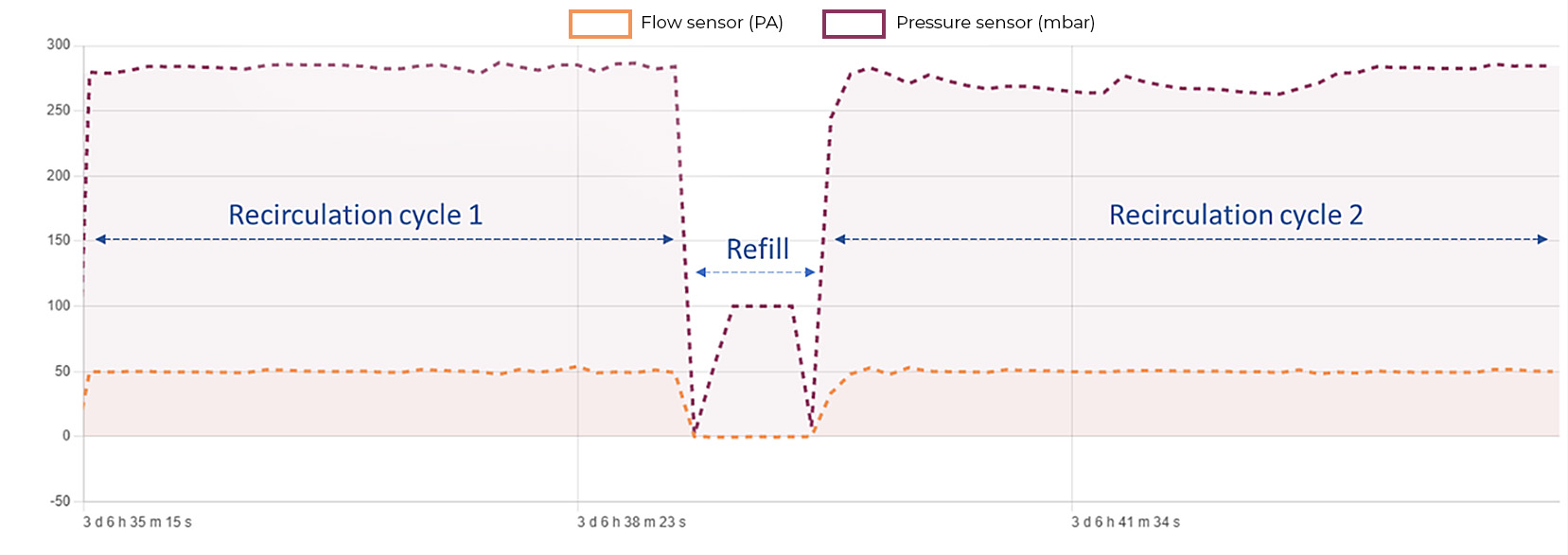
Flow rate and pressure rate monitoring over time for 50 µL/min
Designed to fit in incubators, and easy to transport to a microscope for imaging or cell analysis
Completely autonomous platform
The Omi features a two-hour battery backup supplyfor uninterrupted operation. In addition, Wi-Fi or Bluetooth connectivity ensures easy setup and monitoring of your protocols through its user-friendly application interface. It can easily be transported from an incubator to a microscope to perform live cell imaging while maintaining cell perfusion under battery power.
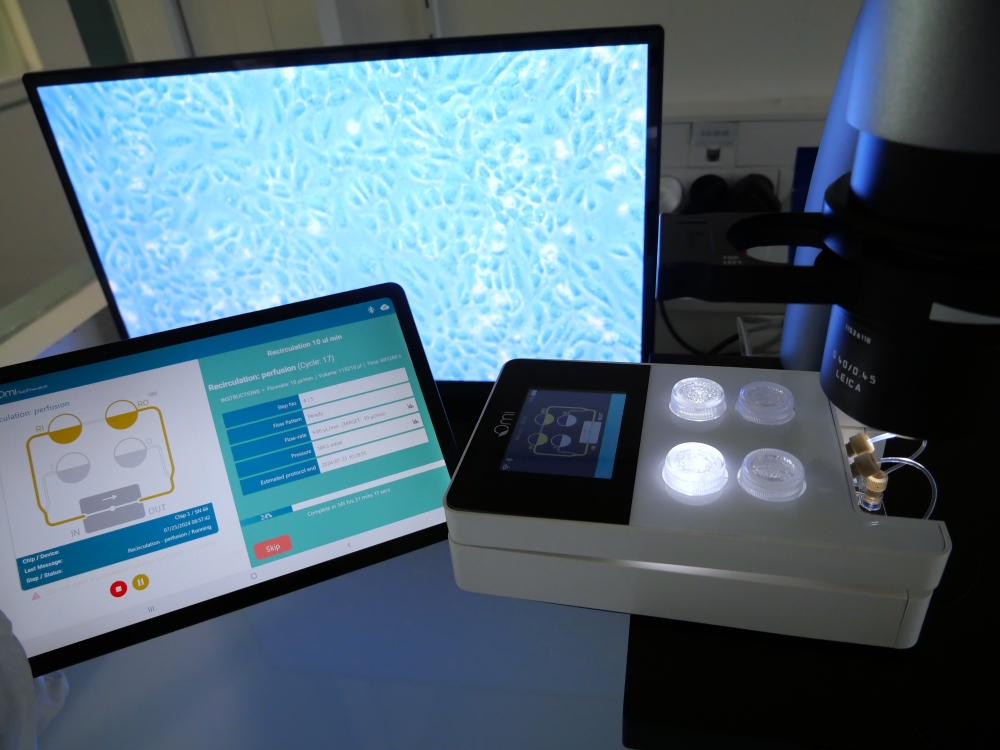
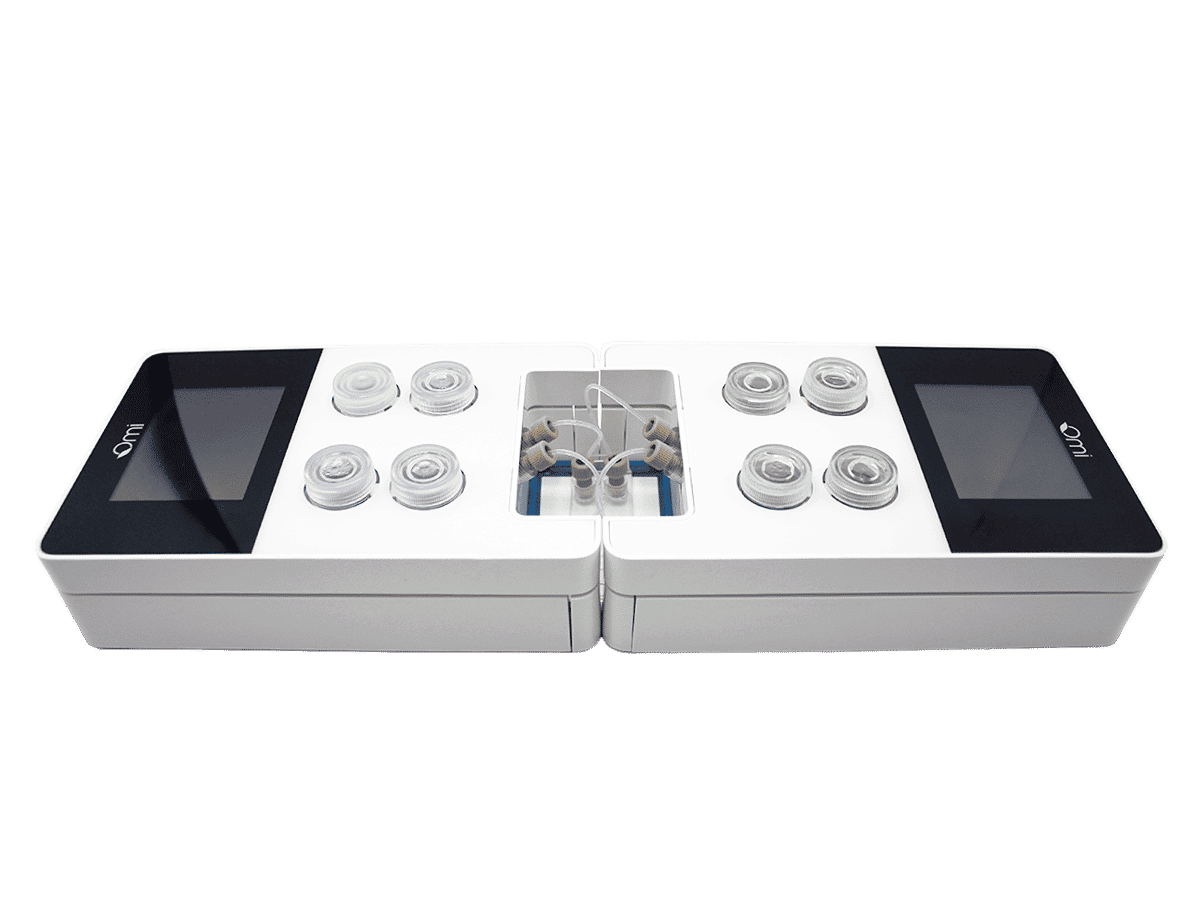
Reproducibility and experimental versatility
The Omi can be used in different modes:
Single mode : single channel perfusion for cell culture, such as blood vessel
Dual mode: double channel perfusion for co culture to perform liquid/liquid interface or blood-brain barrier by synchronizing two Omis with one organ-on-a-chip.
Compact and Transportable: One incubator, several Omis
This space saving platform allows multiple Omis inside a single incubator for a given experiment. Units can be easily transported to a microscope for real-time monitoring while maintaining perfusion.
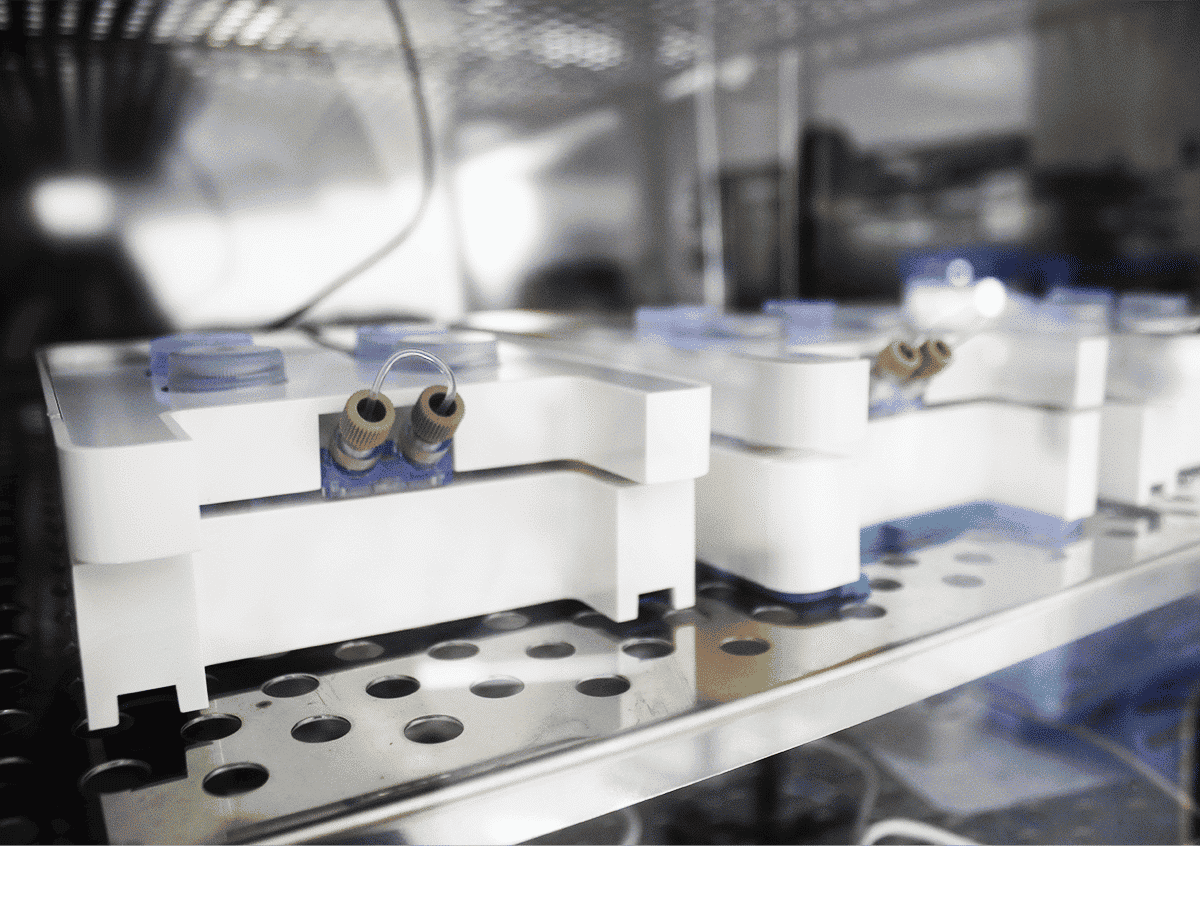
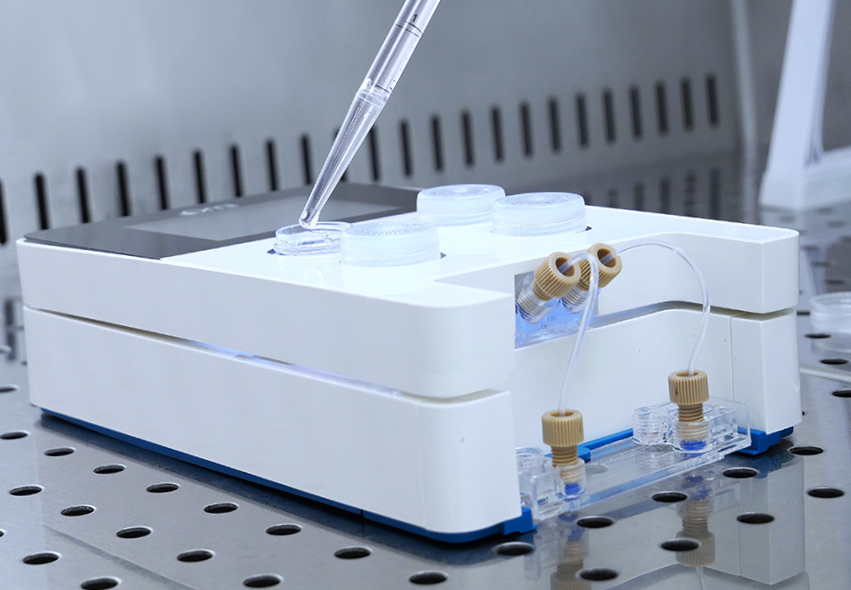
Contamination-free
Inject cell or fresh medium, deliver test compounds, collect samples without disconnecting the microfluidic chip and disturbing the experiments.
Specifications
PERFORMANCE
| Flow rate control | From 1 µL/min to 1 mL/min* |
| Maximum pressure | 600 mbar at maximum |
| Fluid reservoir volume | 3 mL |
| Perfusion / Injection / Sampling volume | From 1 mL to 3 mL |
| Min volume recirculated | 2 mL |
* The flow rate depends on the microfluidic chip and the adaptator.
HARDWARE SPECIFICATIONS
| Dimensions (L*W*H) | 190 x 120 x 60 (mm) |
| Weight | 694 g |
| Operating temperature | 15-40°C |
| Gas input pressure | Atmospheric pressure |
| Gas input composition | Dry 2 µm-filtered air, O2/CO2 mix or incubator air |
ELECTRONICAL SPECIFICATIONS
| Power supply voltage | 24 V DC |
| Max energy consumption | 12 W |
| Max current requirement | 0.5 A |
| Battery autonomy | 2 h |
CARTRIDGE SPECIFICATIONS
| Dimensions | 80 x 60 x 36 (mm) |
| Weight | 56 g |
| Materials | Medical grade polycarbonate and MVQ silicone* |
| Working fluids | Water based solutions, IPA, Ethanol |
| Cleaning | Isopropanol, 80%/20% v/v water ethanol solution, tergazyme 1% |
*Check the material compatibility of solutions with the wetted materials available in the Omi’s Datasheet
TUBING SPECIFICATIONS
| Material | FEP (provided) , but other materials possible depending on the connector |
| ID | 250 μm (provided), but other can be used depending on the application |
| OD | 1/16” (provided), but other can be used with a compatible 1⁄4-28 flat bottom connector |
Omi SOFTWARE (tablet)
| Control in real-time, protocol automation, data record and export |
| ver. 1.2.3 or more recent |
*Provided with the Omi device
https://play.google.com/store/apps/details?id=com.fluigent.omi
Omi WEB:
Manage your team and monitor your running experiments
1. Can I clean the disposable elements to reuse them?
No. These disposables are for one time use. If the disposables are reused, Fluigent cannot guarantee accurate results.
2. Can I use ethanol or isopropanol in my protocols?
No, only during cleaning and sterilization steps.
3. How many experiments can I run with the disposables without replacement?
One experiment can be run from several hours up to multiple weeks.
4. How can I clean the Omi?
For the external cleaning of the device, gently wipe the surface with a tissue and ethanol or isopropanol.
For the cleaning of the fluidic part, we highly recommend following the specific cleaning protocol that can be found in the Omi App protocol editor. Manual cleaning can be performed using the Omi manual mode by recirculating your own detergent through the system.
5. How many Omi devices can I control with my tablet?
Users can monitor up to 12 Omi devices with the tablet. In the Omi app on the homepage, up to six devices are visible at once. When you have more than six devices, you must scroll left to the second page to see the other devices. When launching an experiment with the Omi, you will receive data every two or three seconds from the six devices present on the homepage. The devices that are not visible on the homepage are monitored every 30 seconds.
6. Can I use my own tablet to control the Omi?
Fluigent provides a tablet with the purchase of an Omi. Other tablets can be used, but we do not guarantee the same performance.
Expertise & resources
-
Microfluidic Application Notes Omi, automated organ-on-chip platform, the Gut-on-chip model development Read more
-
Microfluidic Application Notes Endothelial Cell Culture Under Shear Stress Using Omi Read more
-
Microfluidic Application Notes Long-term fluid recirculation system for Organ-on-a-Chip applications Read more
-
Microfluidics case studies CNRS/UTC: study of a liver-on-a-chip model Read more
-
Fluigent products manual Omi Fluigent User Manual Download
-
Fluigent Products Datasheets Omi Fluigent Technical Datasheet Download
-
Expert Reviews: Basics of Microfluidics Why Control Shear Stress in Cell Biology? Read more
-
Expert Reviews: Basics of Microfluidics Key considerations for fluidic system integration Read more
-
Microfluidic Application Notes Peristaltic Pump vs Pressure-Based Microfluidic Flow Control for Organ on Chip applications Read more
-
Expert Reviews: Basics of Microfluidics Mimicking in-vivo environments: biochemical and biomechanical stimulation Read more

